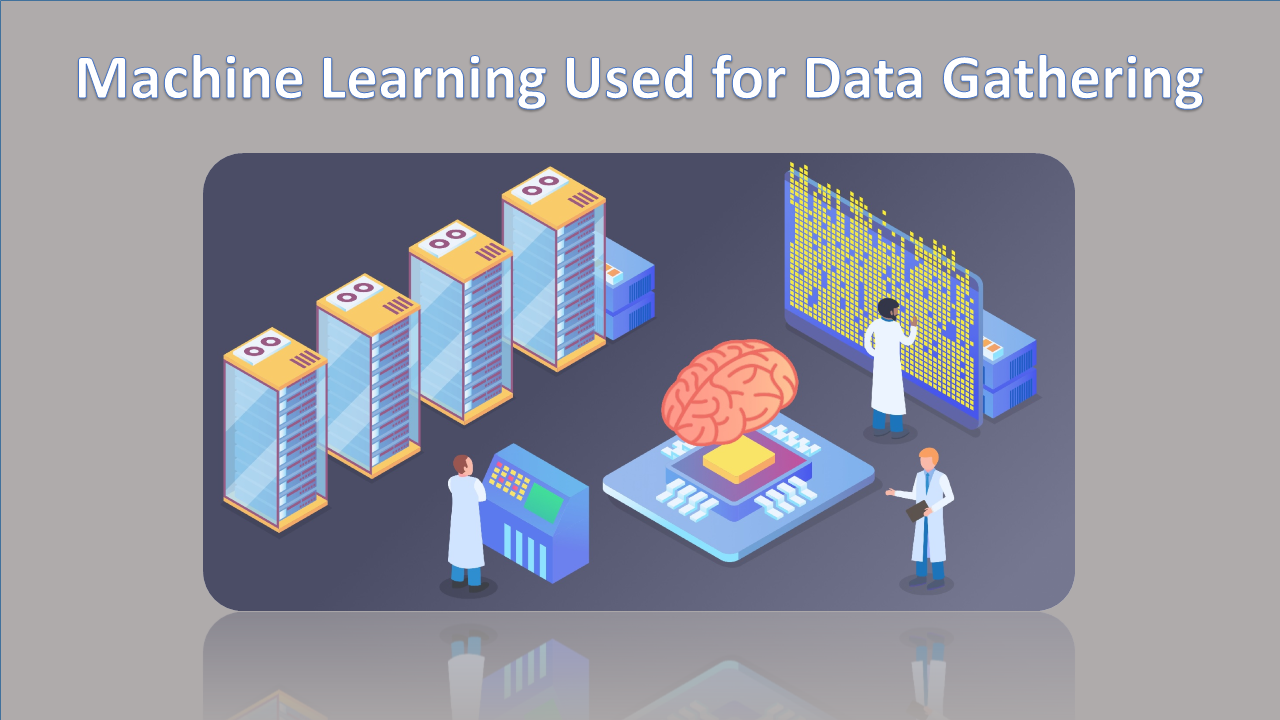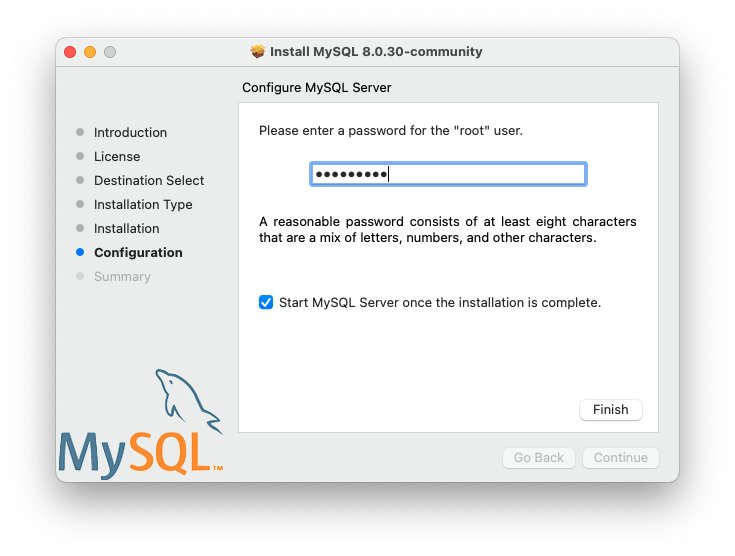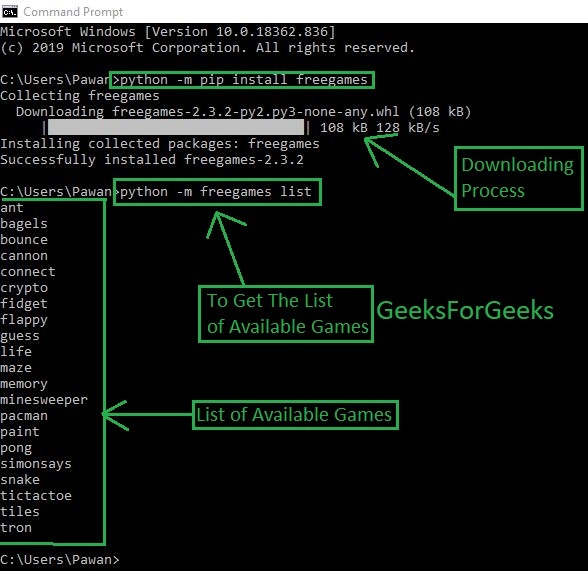
This is given as a hint to the player so that he can avoid stepping/clicking on the cells having mines by logic.Īlso if you click on a cell having no adjacent mines (in any of the surrounding eight cells) then all the adjacent cells are automatically cleared, thus saving our time. And if there is atleast a single adjacent mine to this cell then that count is displayed on the current cell. If there are no adjacent mines to this cell, then we recursively click/step on all the safe adjacent cells (hence reducing the time of the game-play). Since there can be maximum 8 surrounding cells, so we check for all 8 surrounding cells. We use the function countAdjacentMines() to calculate the adjacent mines. This function returns a true if the user steps/clicks on a mine and hence he loses else if he step/click on a safe cell, then we get the count of mines surrounding that cell. The lifeline of this program is the recursive function – playMinesweeperUtil() The makeMove() function inside the while loop gets a move randomly from then randomly assigned moves.Īlso to guarantee that the first move of the user is always safe (because the user can lose in the first step itself by stepping/clicking on a cell having a mine, and this would be very much unfair), we put a check by using the if statement – if ( currentMoveIndex = 0) The while() loop terminates when the user either wins or lose. Then the game is played till the user either wins (when the user never steps/clicks on a mine-containing cell) or lose (when the user steps/clicks on a mine-containing cell). So if you are afraid of losing then uncomment this function and then play !

We can cheat before playing (by knowing the positions of the mines) using the function – cheatMinesweepeer(). We also assign the moves using the function assignMoves() before playing the game. Once the level is chosen, the realBoard and myBoard are initialized accordingly and we place the mines in the realBoard randomly. This is done by passing one of the above in the function – chooseDifficultyLevel(). We can choose any level among – BEGINNER, INTERMEDIATE and ADVANCED. Throughout the game, realBoard remains unchanged whereas myBoard sees many changes according to the user’s move.

We play our game in myBoard and realBoard stores the location of the mines. In the second implementation, the user himself select his moves using scanf() function.Īlso there are two boards- realBoard and myBoard.In the first implementation, the user’s move is selected randomly using rand() function.Two implementations of the game are given here: If we are lucky then we can win in very short time by clicking on the cells which don’t have any adjacent cells having mines. So we can see that we don’t always have to click on all the cells not having the mines (total number of cells – number of mines) to win.If you click on a cell having no adjacent mines (in any of the surrounding eight cells) then all the adjacent cells are automatically cleared, thus saving our time.So we can do some logical guesses to figure out which cells have mines. When we click on a cell having adjacent mines in one or more of the surrounding eight cells, then we get to know how many adjacent cells have mines in them.Python | Simple GUI calculator using Tkinter.Domain Name System (DNS) in Application Layer.Internet Protocol version 6 (IPv6) Header.Internet Control Message Protocol (ICMP).

#Minesweeper generator algorithm mysql Pc#

Grid = -number_of_mines // negative value = mine Get random mine_x and mine_y where grid(mine_x, mine_y) is not a mine Perhaps something in the lines of : grid = // initialize all cells to 0


 0 kommentar(er)
0 kommentar(er)
